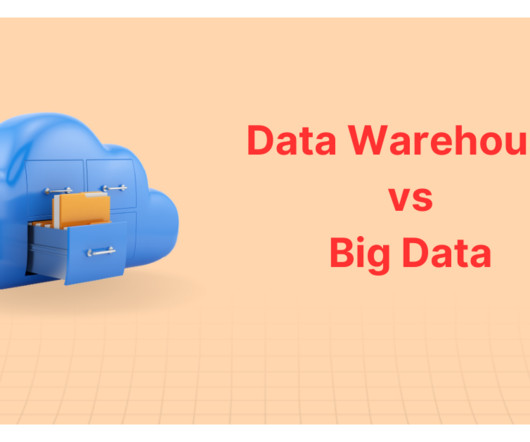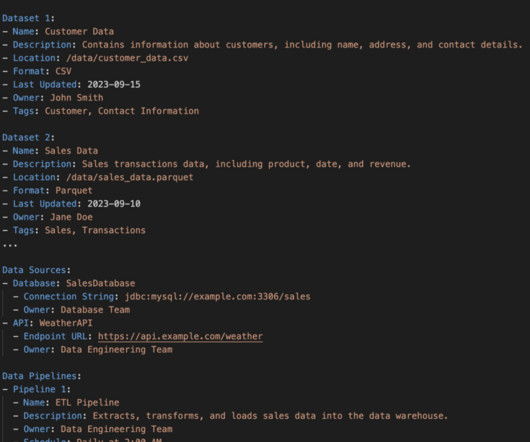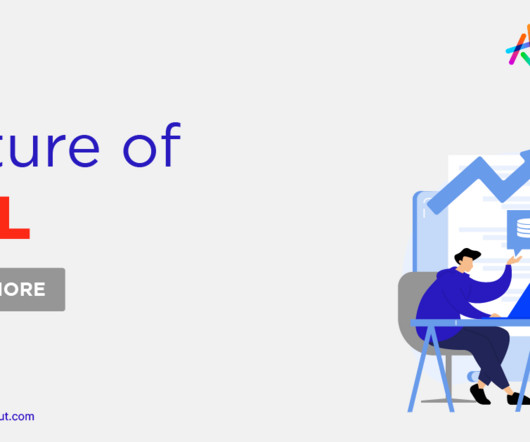Data Warehouse vs Big Data
Knowledge Hut
APRIL 23, 2024
It is designed to support business intelligence (BI) and reporting activities, providing a consolidated and consistent view of enterprise data. Data warehouses are typically built using traditional relational database systems, employing techniques like Extract, Transform, Load (ETL) to integrate and organize data.



















































Let's personalize your content